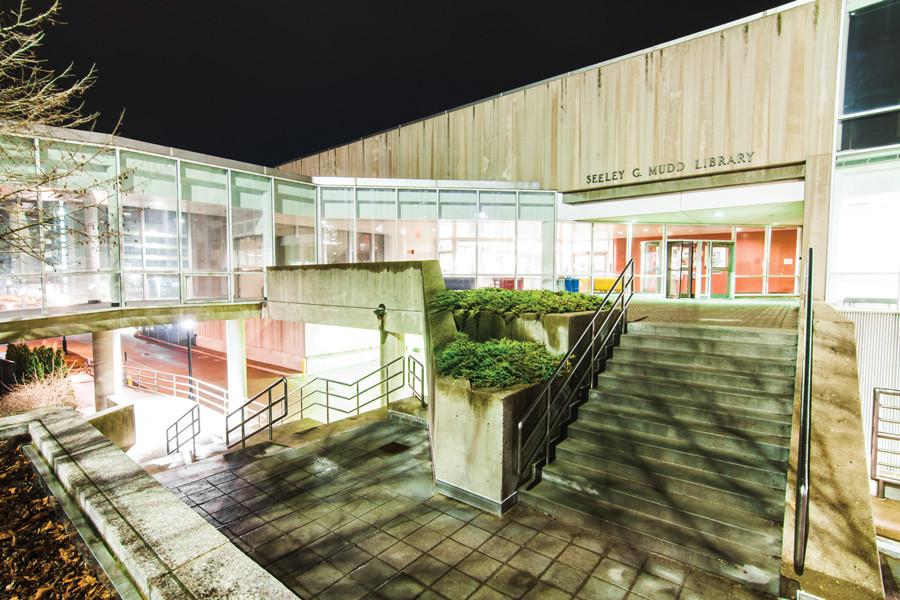NU astrophysicists help develop most realistic, largest-ever star formation simulation
Daily file photo by Jeffrey Wang
Mudd Science and Technology Library. Astrophysicists at Northwestern have helped develop the largest and most realistic simulation of star formation to date.
May 17, 2021
Northwestern astrophysicists helped develop a 3D simulation of star formation that is 100 times larger and more realistic than any other such simulation before it, according to a University release.
The National Science Foundation and NASA, supported the project, titled “Star Formation in Gaseous Environments” or STARFORGE. An advance copy of the research paper manuscript was published inThe Monthly Notices of the Royal Astronomical Society Monday.
Postdoctoral fellow Michael Grudić, who co-led the work, said in the release that STARFORGE distinguishes itself from other models with its ability to simulate an entire gas cloud, as opposed to just “a tiny patch of the cloud” where stars originate.
The model, which can take three months to run a single simulation, first depicts a mass of gas millions of times larger than the sun. The gas cloud eventually collapses and forms individual stars, and the simulation ends when there is no longer gas left to form stars, according to the release.
According to Grudić, star formation simulations aren’t new, but STARFORGE is “quantum leap in technology.”
Grudić added that understanding star formation can deepen scientists’ understanding of galaxy formation, which can then lead to discoveries about the makeup of the universe.
“Understanding where we come from and how we’re situated in the universe ultimately hinges on understanding the origins of stars,” Grudić said.
According to the release, the simulation could help scientists answer questions about why star formation is slow and inefficient, what factors determine star mass and why stars typically form in clusters.
Knowing a star’s mass can reveal what kinds of nuclear reactions are happening within the star, physics Prof. Claude-André Faucher-Giguère said in the release. The elements synthesized in stars — like carbon and oxygen — are also the elements that humans are made of, Faucher-Giguère, a senior author on the study, added.
“How stars form is very much a central question in astrophysics,” Faucher-Giguère said. “This new simulation will help us directly address fundamental questions we could not definitively answer before.”
Email: [email protected]
Twitter: @maiapandey
Related Stories:
— Weinberg faculty elected to National Academy of Sciences in year with record number of women inductees
— Studies show COVID-19 vaccine has no effect on fertility, though fertility remains a concern among vaccine-hesitant
— Northwestern and University of Hong Kong develop computing device that emulates human brain


